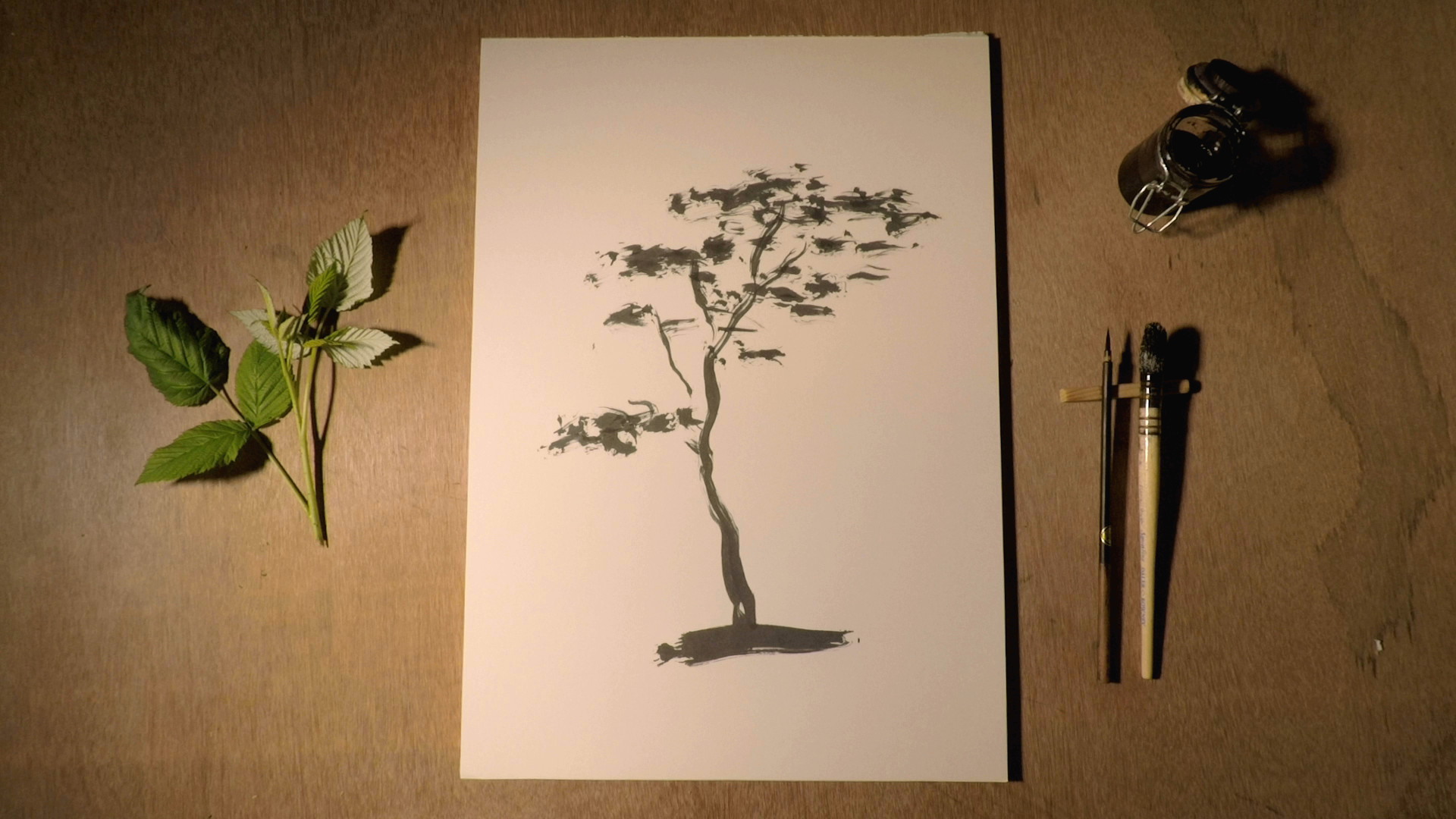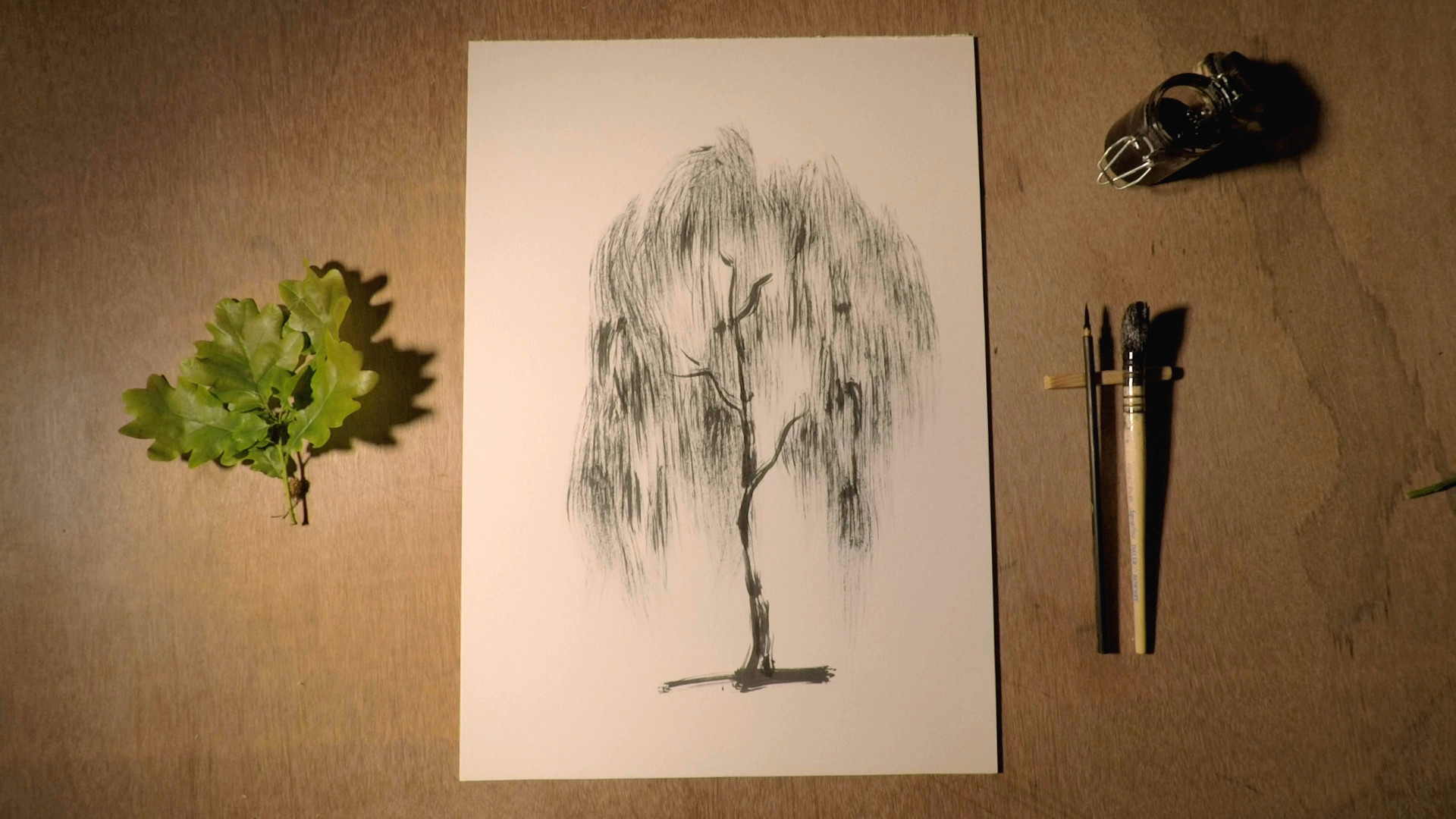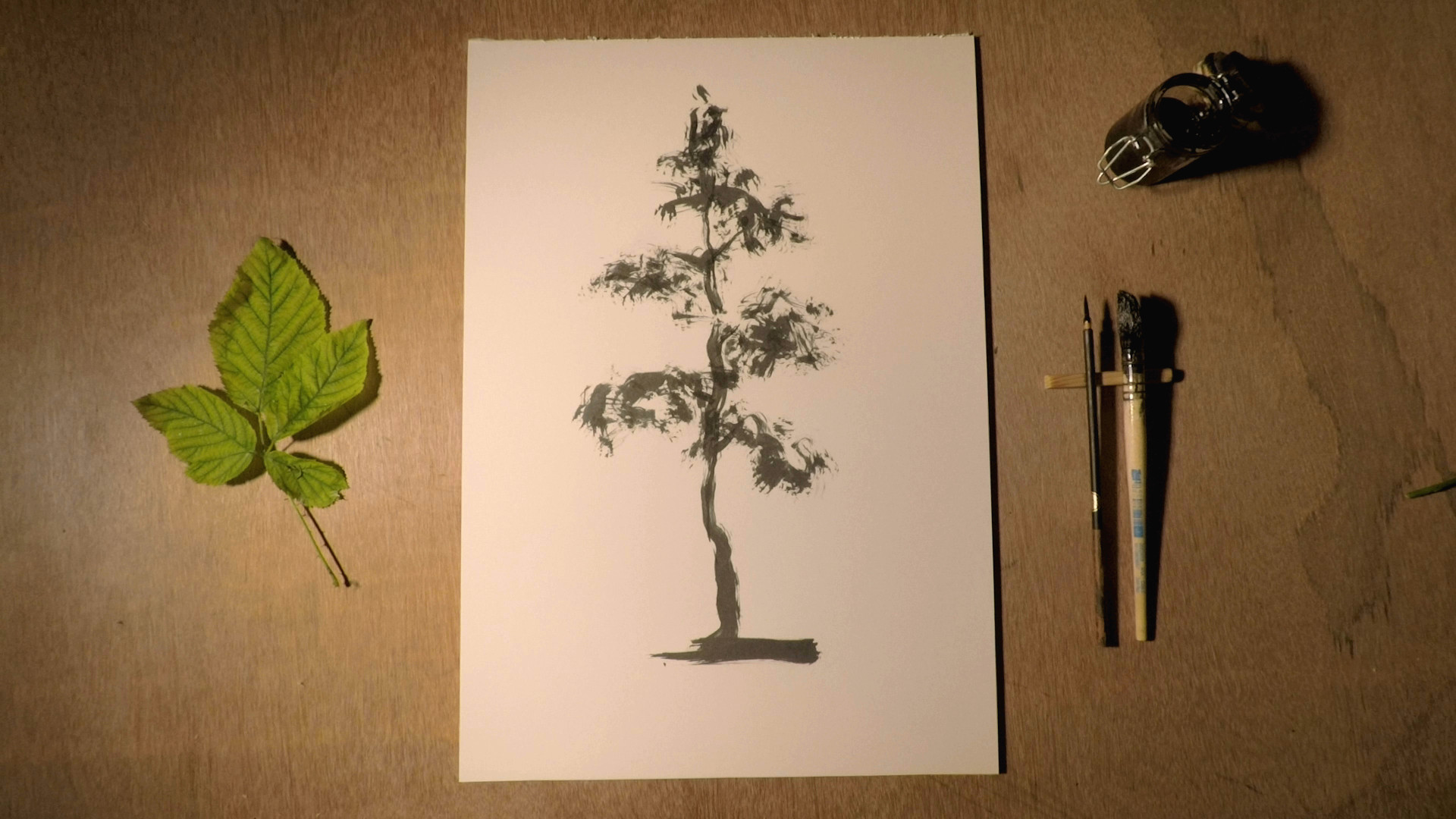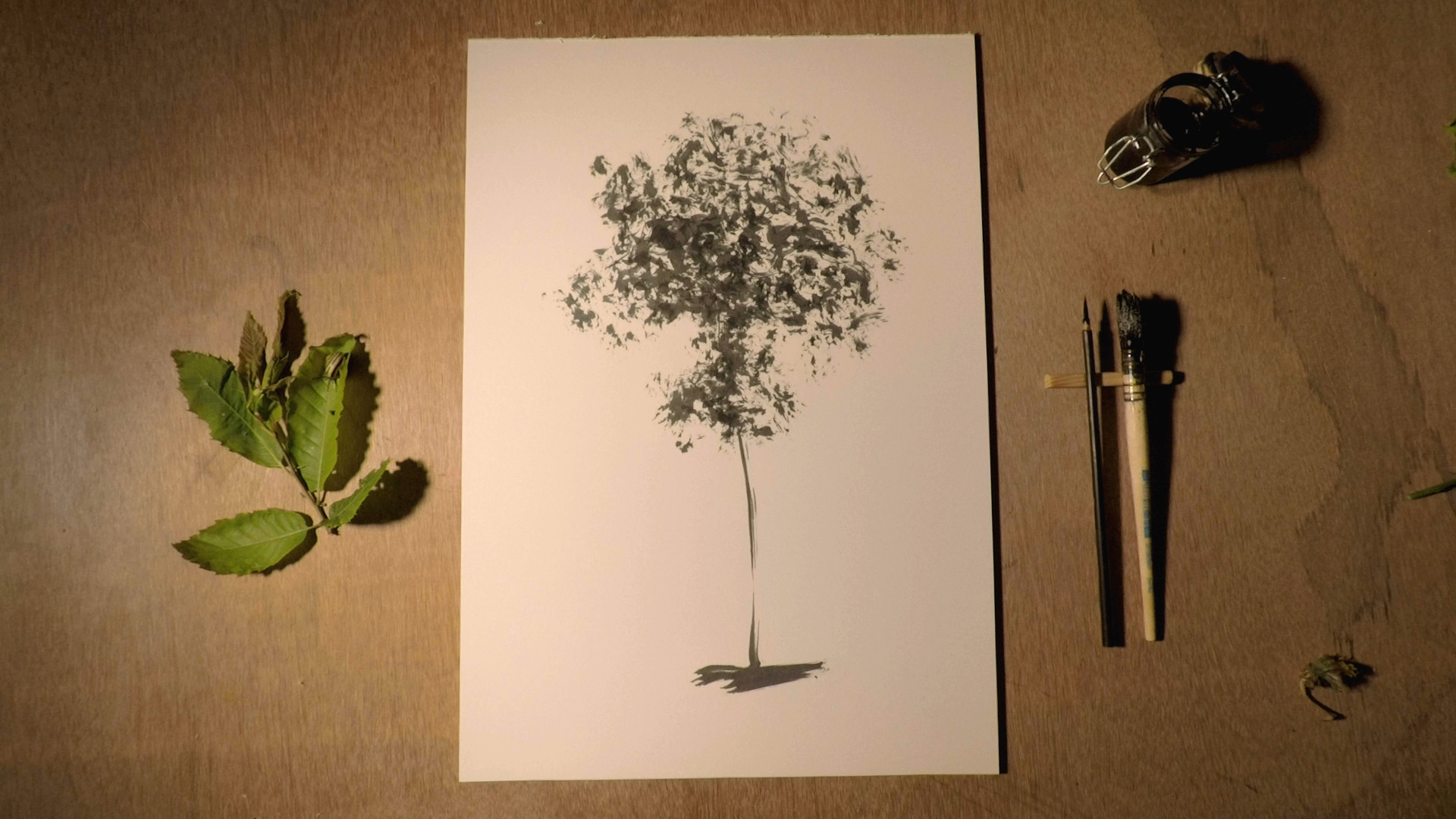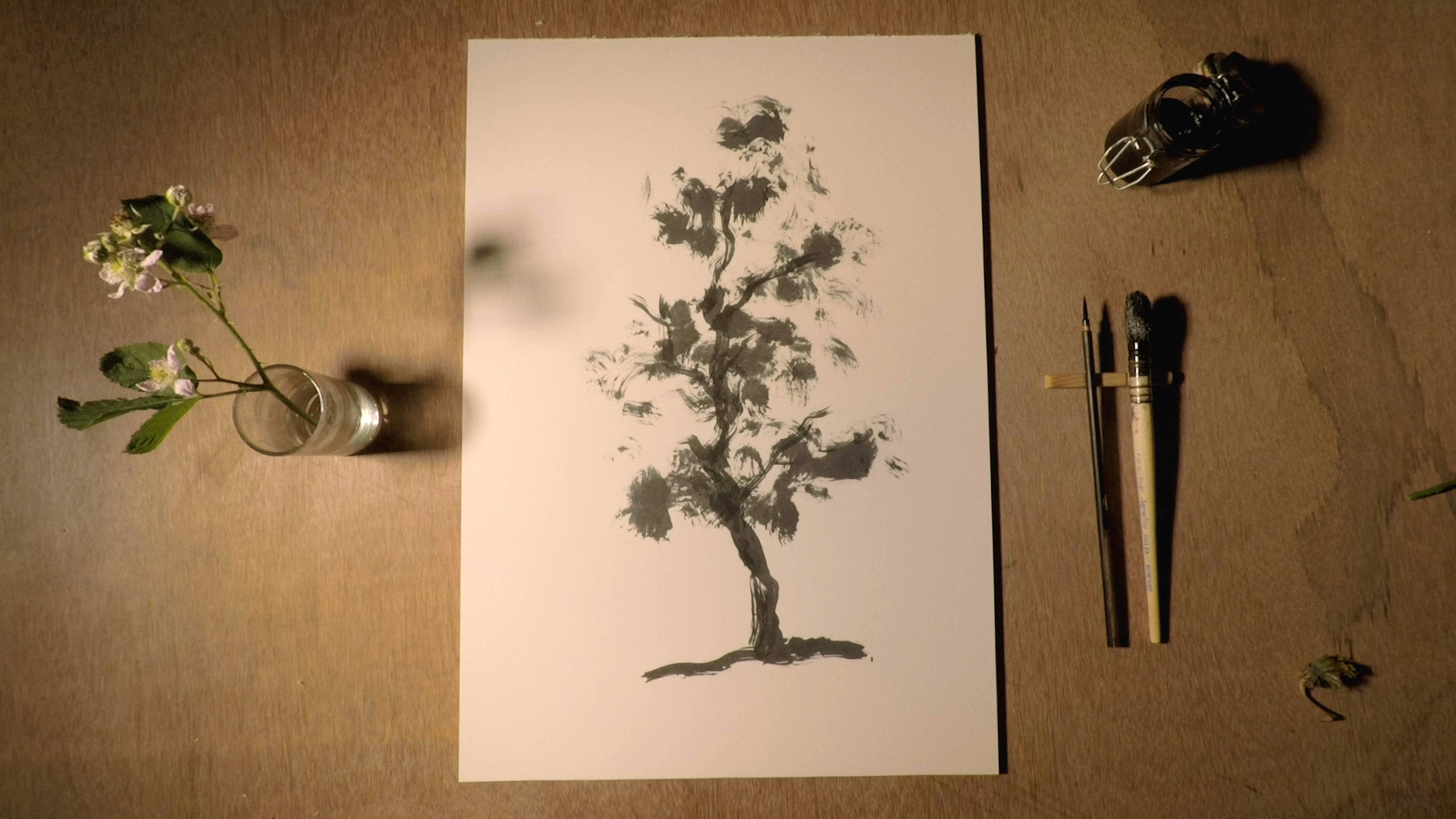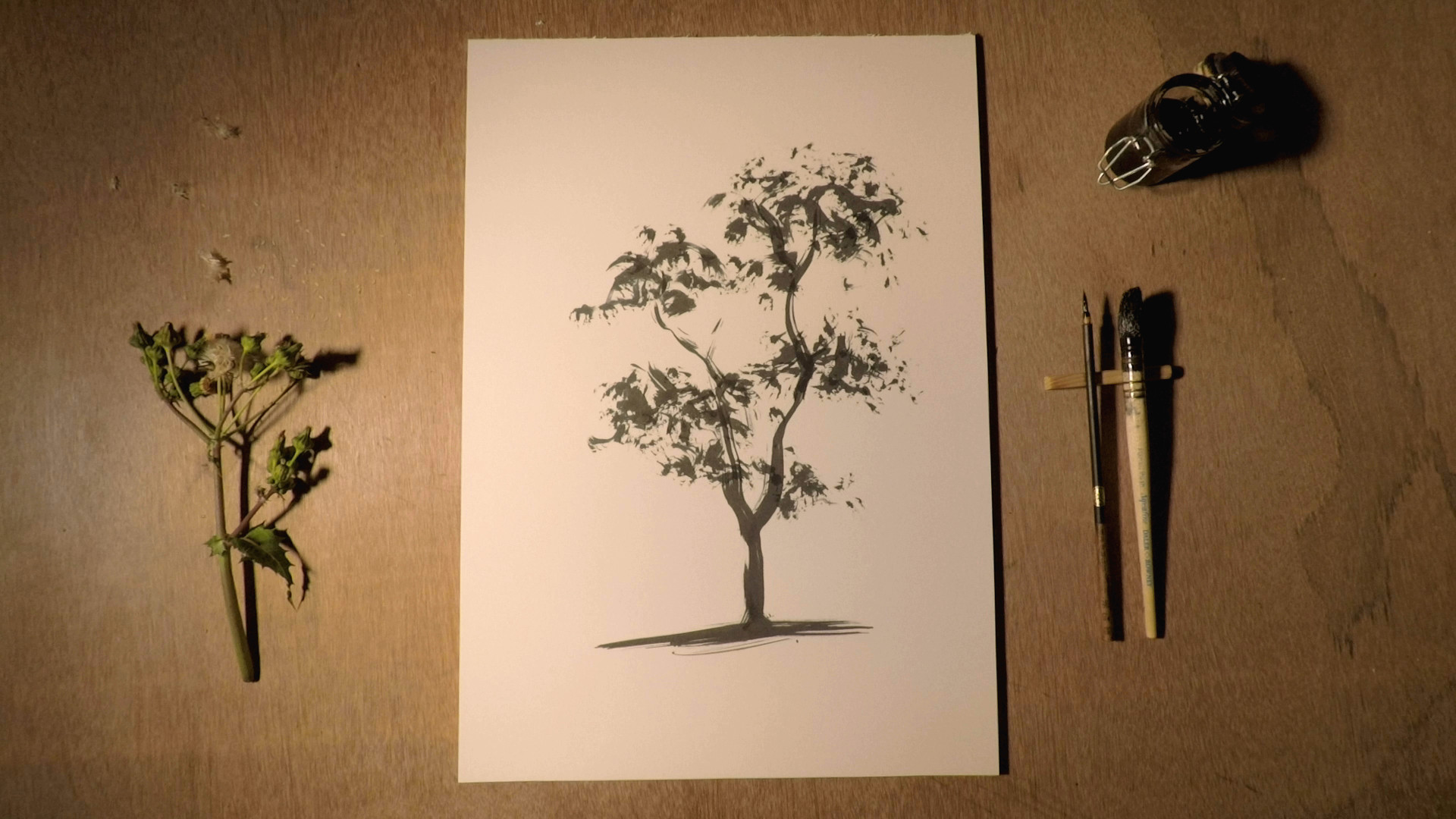Tree flowers are usually wind-pollinated rather than insect-pollinated. This is because they produce large amounts of lightweight pollen that can be carried by the wind.
Read more
Jun62024
Jun12024
0601
Trees will often produce more fruits than they can realistically support to full maturity. This is a survival strategy – by creating an overabundance, the tree increases the odds that at least some of the fruits will successfully develop and drop to the ground, where the seeds can germinate and grow into new trees.
Read more
May292024
0529
The acorn caps (also called the cupule) that enclose the acorn nut are structurally fascinating. They are made up of overlapping, modified leaves that fuse together to form the protective cap. The number, shape, and texture of the scales on the acorn cap can help identify different oak species.
Read more
